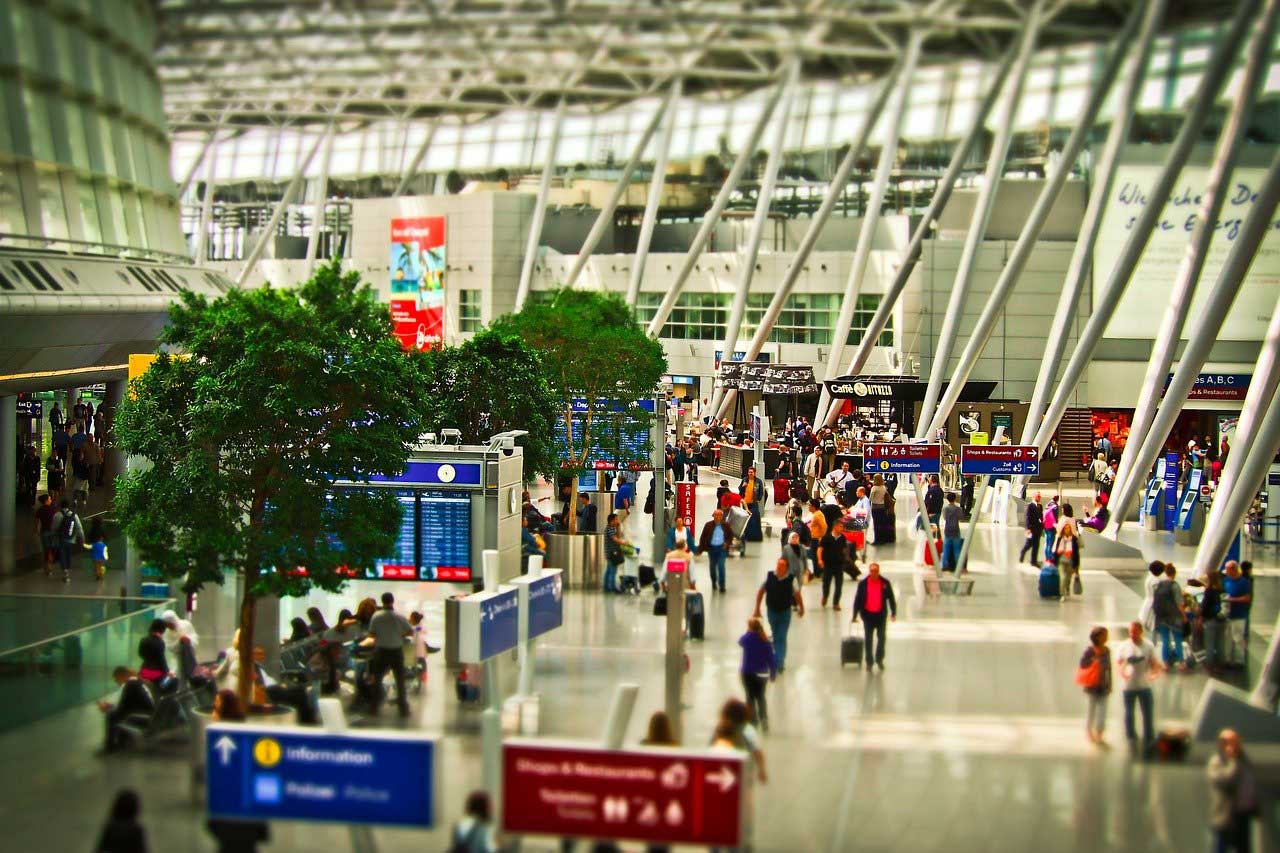The health crisis is fading and travelers want to fly again. So much so that, for example, European airports are overcrowded.
Last week, the world’s leading association of airlines sounded the alarm: there are too many queues at airports, queues last for hours, and there are not enough staff to serve passengers and luggage.
After two years of pandemic-related restrictions, many airline employees have changed jobs. The shortage of labor is also due to the fact that those who remain have experienced wage cuts – the part-time system does not exist everywhere – and working conditions have deteriorated, although air traffic is picking up again.
In the Netherlands, for example, there were strikes last month. All this creates serious problems for air travel. Last weekend, due to the spring break hype, KLM was forced to cancel more than 70 flights to and from Amsterdam. The same traffic jams at the airports of London, Brussels, etc.
However, we have not yet returned to the pre-crisis level of air travel, today the traffic level is about 60% of the pre-crisis 2019 level. But this is a level that experts have not seen since March 2020, when virtually all passenger air travel was halted.
Air traffic is recovering very quickly. In Europe, this is impressive, up 425% in March this year compared to March 2021. However, the war in Ukraine caused the closure of part of the airspace, as well as an increase in airfare due to a jump in energy prices. However, travelers do have a desire to travel.
Airports in Europe are in a hurry to recruit staff, but not everything is so simple. For example, in Paris, the total shortage of the two airports of Roissy and Orly is about 4,000 people. The most in demand are inspection officers and maintenance technicians. Given the sensitive nature of air traffic, precautions and screenings are required when hiring, especially for the red badge that allows people to work in restricted areas of airports. Wages and inflation are also a problem, and companies such as Paris airports or their subcontractors face additional demands from the unions.

